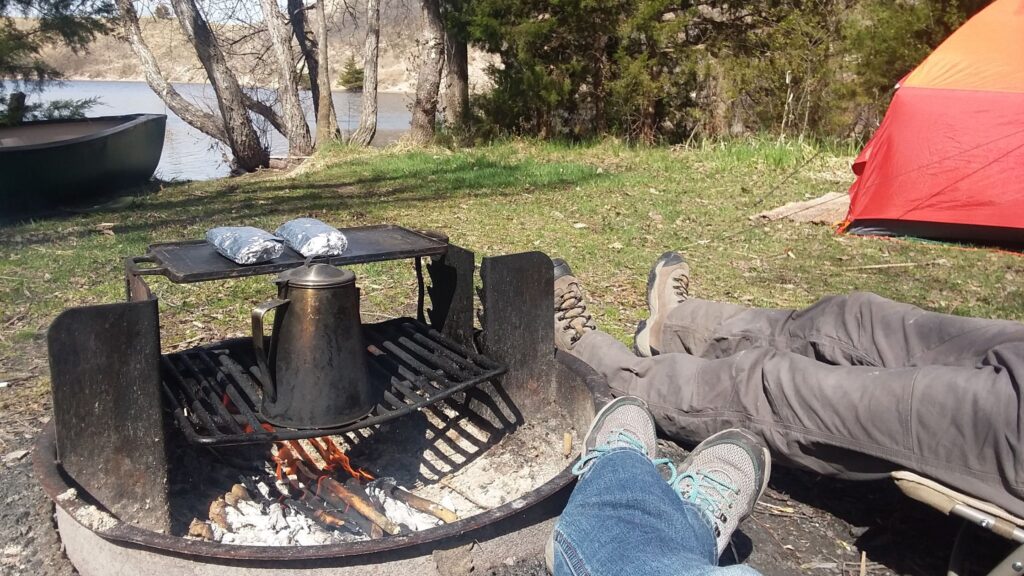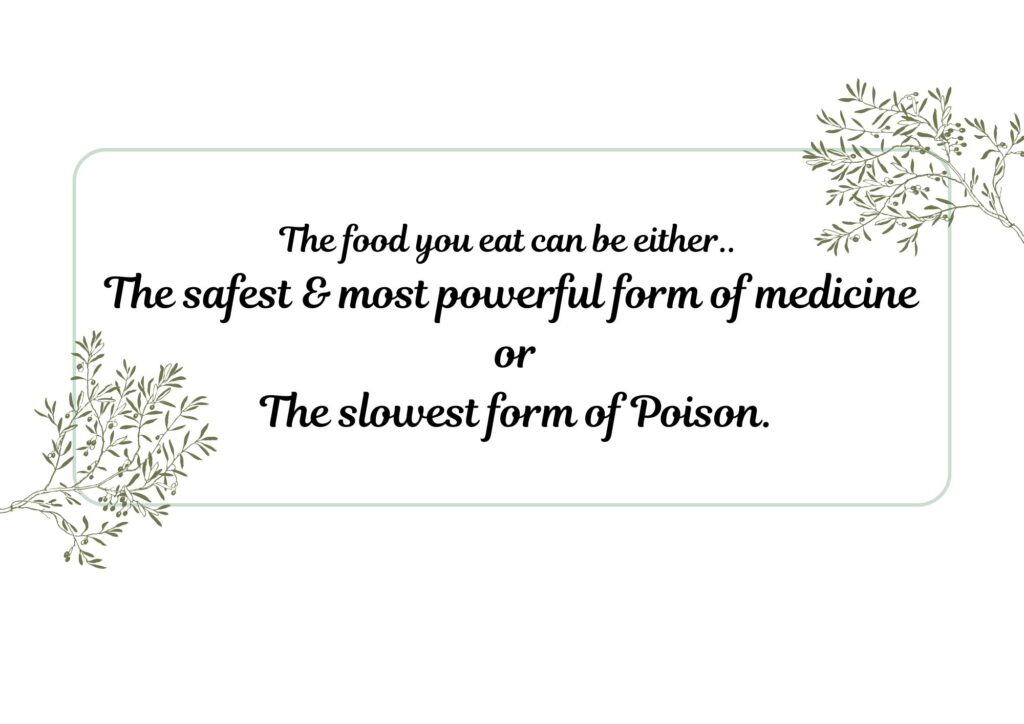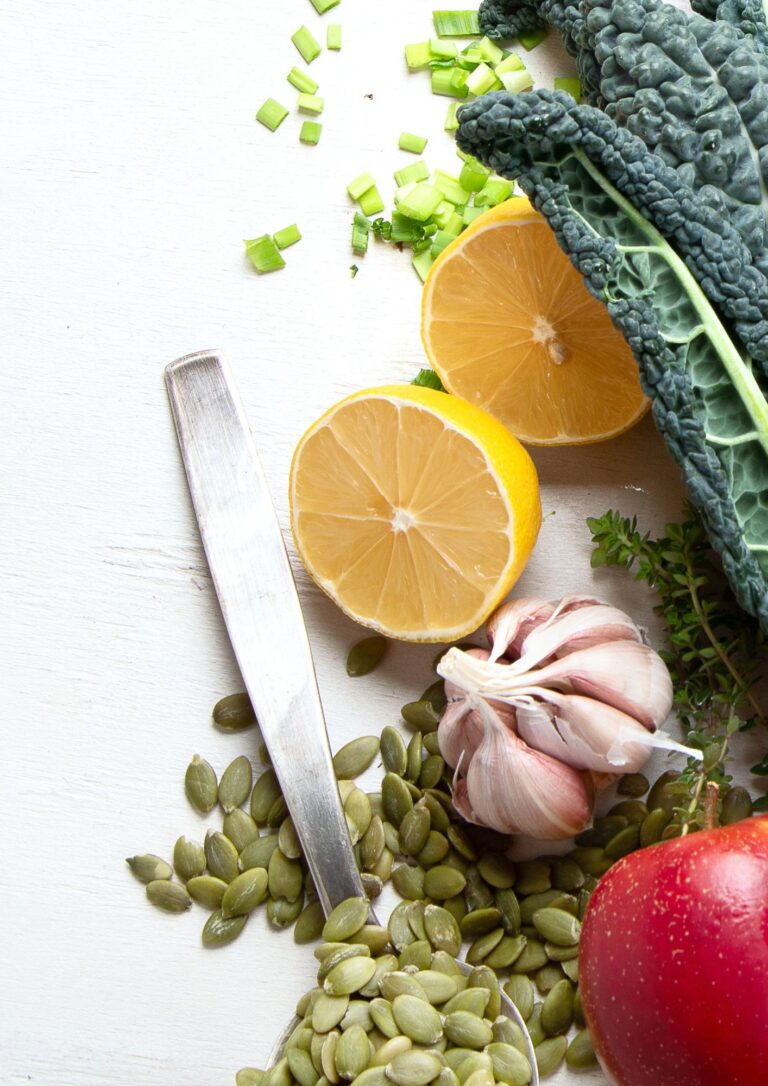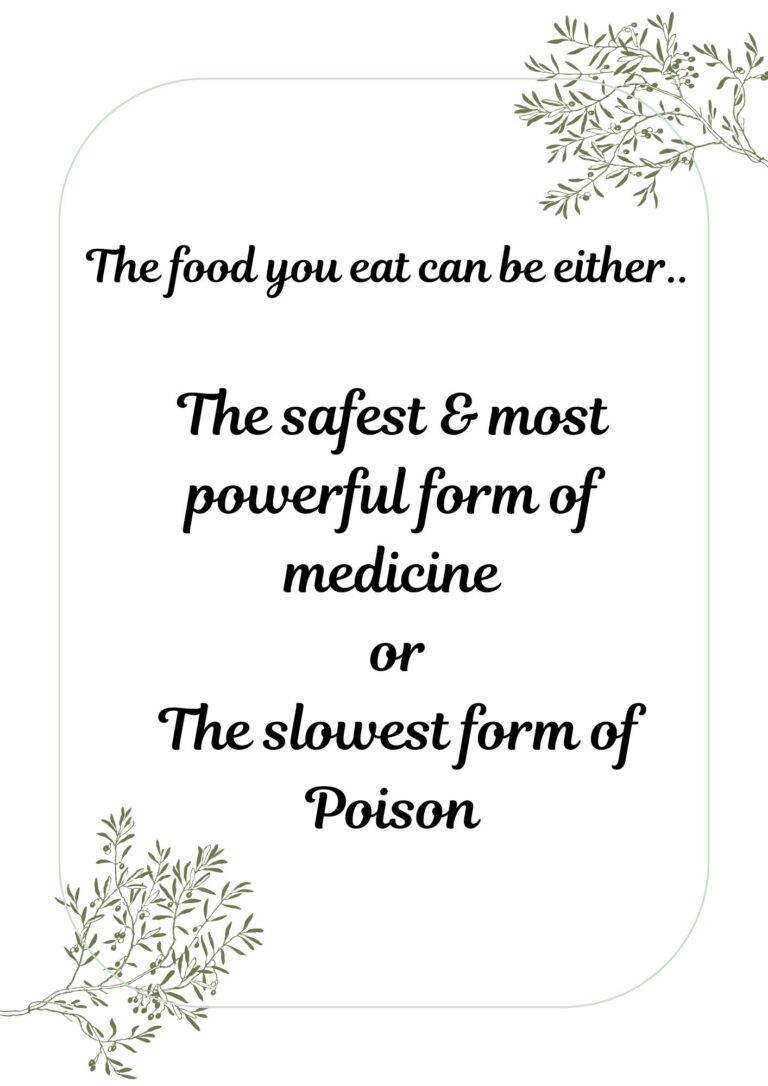Nutrition Basics for Beginner Adventurers
Learning nutrition basics for beginner adventurers is essential. Food helps you keep your energy levels high and your body healthy. What you fuel your body with is the most important piece to every adventure!

The Basics
When getting started, make sure what you are putting into your body is actually good for you. I’ve done a lot of research on what foods are actually good for us and which ones are not. Believe it or not, most of the grocery store items are very bad for us. I’m going to show you how to tell if an item is good or bad for you. I will, also, discuss the importance of what to eat and why. This is where nutritional basic all begins!
How to tell if a food item is good or bad for you?
Before I started looking into this question, I thought it was the sugar that I needed to be careful of. However, sugar is only a small part in knowing what is good for us and what is not. Yes, too much sugar is a big one. But, there are much scarier additives that you need to be aware of. My brother would say, “If you look at the ingredients and there is a long list, it’s probably bad for you”. If you are not very good at reading ingredients yet, that’s okay! The Yuka app is a free app to help get you started in the right direction.
Here is where you can learn more about what foods are good or bad for you.

What kind of foods do you need to fuel your body?
- Protein helps muscle repair and recover after a strenuous activity. These are foods like jerky, tuna packets, or nut butters.
- Carbohydrates are your bodies primary energy source. Whole grain foods, oatmeal and rice are good examples of carbs.
- Fats are a long-lasting energy source. These include nuts/seeds, trail mix, and coconut flakes or oil.
- Electrolytes are a mineral that help maintain hydration and prevents muscle cramps. We lose sodium, potassium, and magnesium when we sweat so it’s very important to replenish those important components. Things like drink mixes, pickle juice, and bananas are high in electrolytes.
- Antioxidants help to reduce inflammation. Some examples are berries (blueberries and cranberries), spinach, green tea, and dark chocolate.
For a longer list of fuel foods go HERE.
What Is the Ideal Balance of Carbs, Protein, and Fats for Hiking or Backpacking?
This answer is going to be a bit different for everyone. We are not all built the same and we don’t all need to the same things. Learn to listen to your body, it will tell you what you need. If you’re feeling sluggish, opt for carb-rich snacks. If you’re hungry but not low on energy, choose something protein- or fat-heavy to sustain you. It also depends on the intensity of your outdoor activity, how long you will be exerting energy, and the environment.
Adjusting Macronutrient Ratios by Activity Type
Short, High-Intensity Activities (e.g., day hikes):
- Focus more on carbohydrates (up to 60%) for quick energy.
- Moderate protein (20%) and fat (20%) for recovery and satisfaction.
Long, Endurance Activities (e.g., multi-day backpacking):
- Incorporate more fats (up to 30%) to provide slow-burning energy.
- Balance carbs (50%) for sustained energy and protein (20%) for recovery.
Cold-Weather Adventures:
- Increase fat intake to 35–40% of calories, as your body burns more calories to stay warm.
Calorie Guidelines for Outdoor Activities
The number of calories you need depends on many things. The intensity, duration, and type of activity, as well as your body weight, metabolism, and environmental conditions. Outdoor activities like hiking, backpacking, climbing, or kayaking burn significantly more calories than sedentary or light activities. Your intake must increase to meet energy demands.
Here is a general guide:
Figure out what your average calorie intake should be. Calorie Intake Calculator
Figure out how many calories you would use during your outdoor activity by using this basic formula.
- No exercise: Average Calorie Intake x 1.2
- Light exercise: Average Calorie Intake x 1.375
- Moderate exercise: Average Calorie Intake x 1.55
- Intense Exercise: Average Calorie Intake x 1.725
- Here is a resource to help figure out the calories you will use during a hike. Hiking Calorie Calculator
Example: My average daily calorie intake should be 1,703 calories per day to maintain my weight. I’m going to burn 900 calories per day during a moderate hike. I need to up my calorie intake to 2,603 calories per day. In doing this, it will replenish the 900 calories I’m going to lose during the hike.
Meal planning Basics
Now you can start planning your meals. I try to think of the lightest possible way to pack food. Even if you’re in a camper, packing lightly will help you save money on fuel. If you are camping, it will save you space. If you are hiking, it will help save your energy and use up less calories.
I don’t know about you, but when I’m out on an adventure I want to spend as little time cooking and prepping food as possible. I’d much rather be enjoying the adventure then cooking 3 meals a day. The best way that I’ve found to spend less time cooking is by meal prepping.
The answer to being able to pack light, enjoy less cooking and still eating healthy is simple. Reduce the amount of Refridgerated foods that can spoil and stay away from big bulky cans that weigh a ton. Make your own homemade dry mixes, dehydrate ready to go meals, snacks and more! By making your own, you can reduce the number of risky additives you are consuming as well.
For more information on the subject of meal planning go HERE.
Conclusion
My goal was to keep this page very simple. To give you the basics and answer the questions that I had when I first got started down the path of nutritional path to living a healthier lifestyle. I have showed you how to know whether the food you are eating is actually good for you. I also talked about what foods your body needs to thrive. The calories needed to sustain a good healthy body. How to plan your meals so you can spend more time adventuring and less time cooking. Under each section I have put a link to a more in-depth blog post to help you even further along your journey.
Page Resources:
- Yuka – The Mobile App
- Calorie Intake Calculator
- Hiking Calorie Calculator
- Food Thats Good or Bad for You
- Foods to Fuel Your Body
- Meal Planning Basics
If this post was helpful for you, I’d love to know in the comments!


